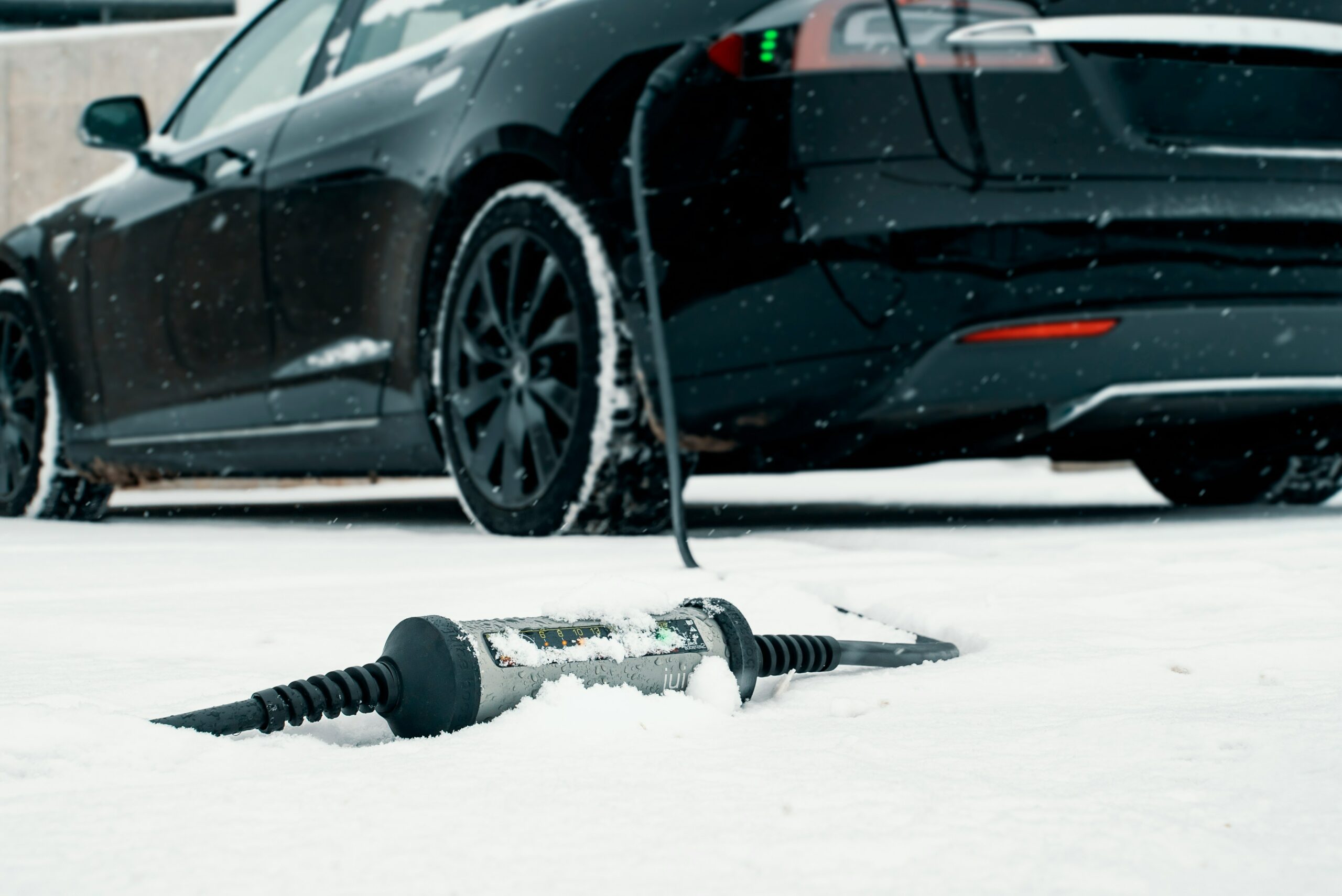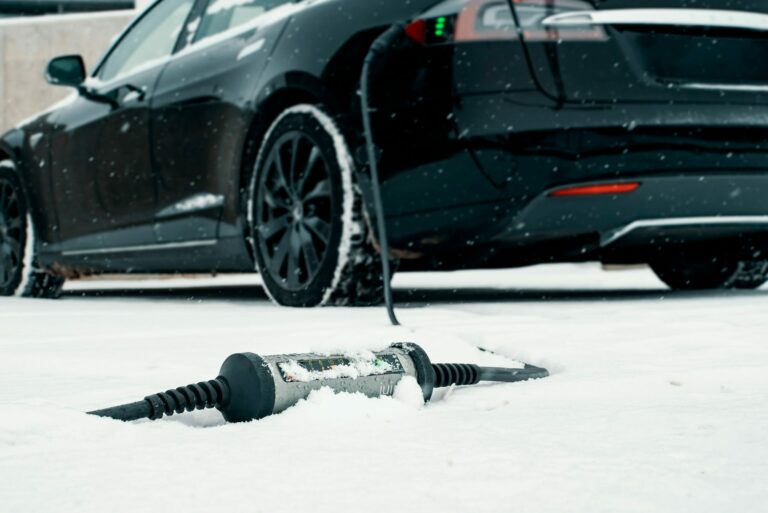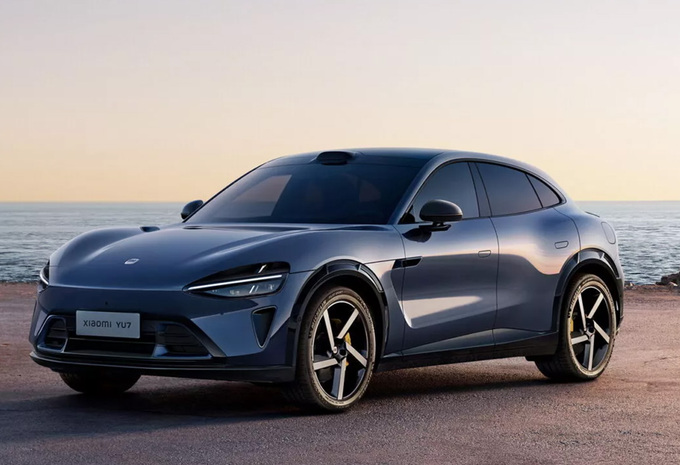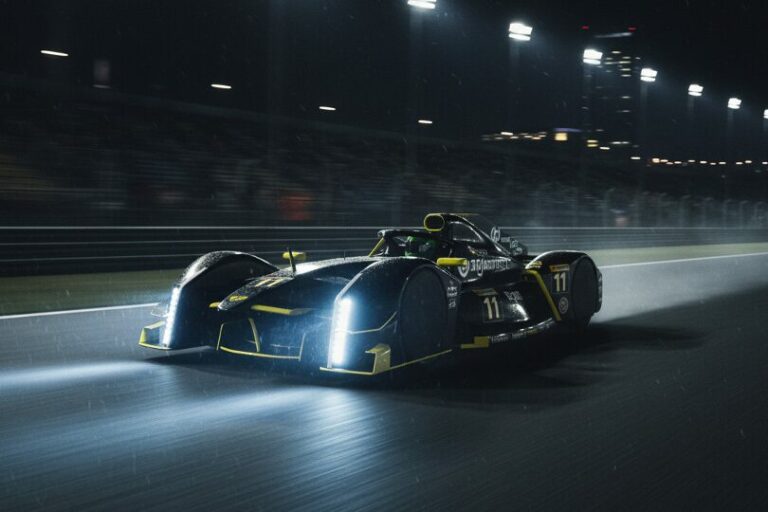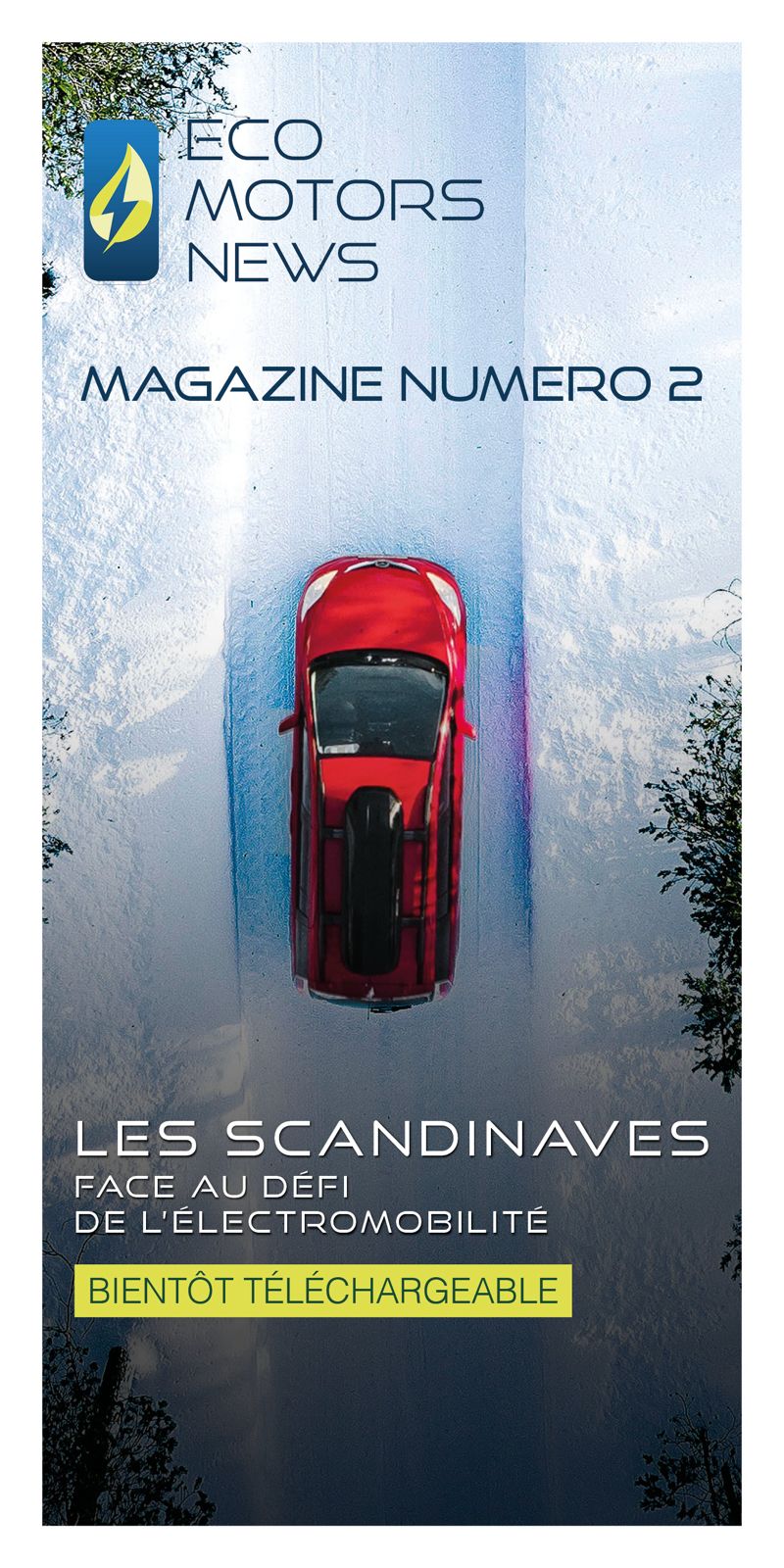Over the last few days, winter has arrived in France, with very low temperatures. The fear of electric cars in cold conditions remains. Despite this, drivers are learning to adapt their use to preserve the range of their batteries. Manufacturers are developing technologies that improve performance in winter conditions. As a result, winter is becoming an area of innovation rather than a barrier to electric mobility.

Cold, the enemy of batteries
Let’s start with a fact: cold weather is not batteries’ best friend. It profoundly alters their behaviour, forcing drivers to think ahead. Below 0°C, lithium-ion cells lose efficiency, reducing the range by 20-30% depending on the model.
Recharging time is often longer, because the battery has to be preheated before it can accept a fast charge. This step protects the cells, but delays reaching the desired charge level. It is important to regulate the battery temperature so that the car retains its range and power throughout the journey.
Another part of the energy is used to heat the passenger compartment. Unlike internal combustion engines, electric cars have no residual heat. The system therefore draws directly from the battery to heat the interior, which increases overall consumption. This is particularly noticeable on short journeys in town, where repeated starts accentuate the losses. Despite these constraints, drivers must learn to optimise their driving and adapt their habits to limit the drop in range.
Concrete solutions are emerging
In many countries with severe winters, motorists are adapting their practices to preserve their range. One of the most effective reflexes is to preheat the vehicle while it is still plugged in. This limits the impact of heating on the battery during the first few kilometres. Heated seats are also preferable, as they consume much less energy than general heating. Thanks to these practical choices, losses in range become more predictable and therefore easier to manage.
At the same time, infrastructure is evolving to support this energy transition. Charging stations are adapting to cold climates by incorporating ice protection systems. Some installations also use thermal management technologies to ensure safe fast charging in winter. The improved regional coverage means that drivers can make long journeys with greater peace of mind. This global transformation is helping to build real confidence in electric vehicles, even in extreme conditions.
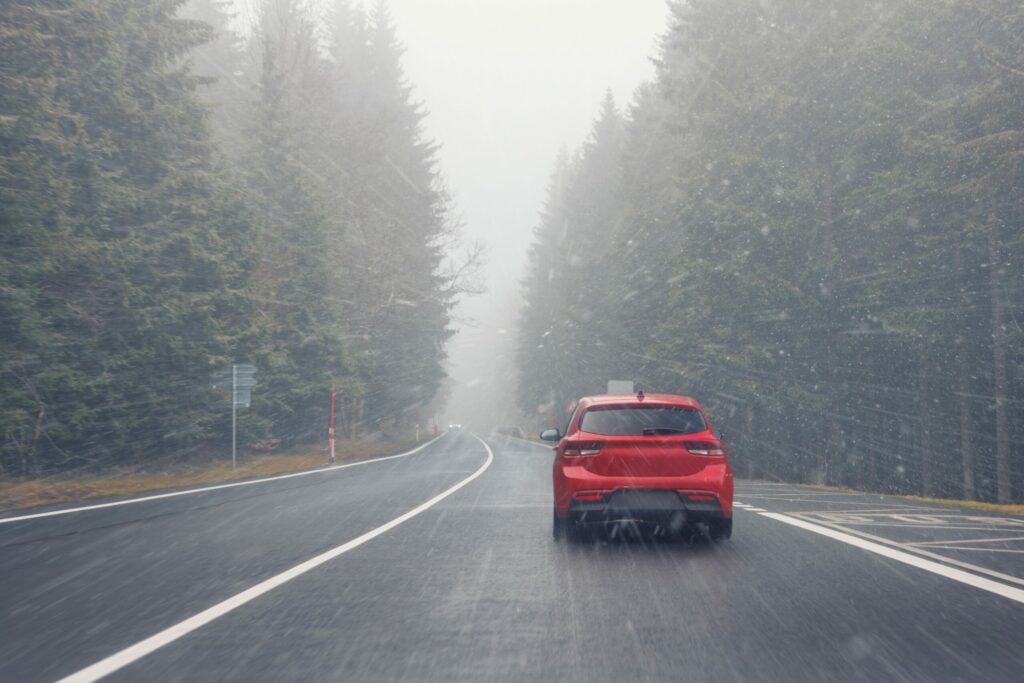
Constantly evolving technology
The progress made by the automotive industry shows that batteries are becoming more robust year after year. Manufacturers are adopting heat pumps, which significantly improve energy efficiency in winter. This technology enables up to 83% of range to be maintained in winter, compared with 75% for vehicles not equipped with this technology. Users benefit from a more stable driving experience, even in prolonged sub-zero temperatures.
At the same time, engineers are working on the internal thermal management of batteries to optimise their operation. Some systems use phase change materials (PCM) to maintain a stable temperature. Others use cooling fins to improve heat dissipation and maintain the optimum operating temperature of the batteries. These advances extend cell life and reduce the risk of accelerated degradation. In addition, intelligent recharging is being developed to coordinate heating and charging at the right time. This innovation limits unnecessary consumption and improves the overall efficiency of the vehicle.
Electrics make their mark, even in the coldest regions
Experience gained in winter areas, such as the Nordic countries, proves that electric cars can operate reliably. Public policies play an important role in supporting the installation of suitable charging points and facilitating access to clean mobility. These initiatives encourage drivers to take the plunge and discover a use that is ultimately simpler than they imagined. Thanks to these coordinated efforts, electric vehicles are no longer confined to temperate regions, and are now conquering territories with demanding climatic conditions. Take Norway, for example, which is shattering all records, with 95.8% of new electric cars sold in January 2025 – a world record, according to the Norwegian Road Traffic Information Council (OFV).
This development opens up interesting prospects for the entire automotive market. The innovations tested in extreme cold then benefit drivers the world over. Batteries are becoming more stable, vehicles more versatile and infrastructures more powerful. With this progress, winter is no longer seen as a barrier, but as a lever for accelerating the overall improvement in electric technologies. The future of mobility therefore seems compatible with a wide range of climates, reinforcing the place of electric power in the global energy transition.
How do you protect your electric car from the cold?
Winter puts electric vehicles to the test. Here are a few simple steps you can take to preserve the range and longevity of your battery:
- Preheat the vehicle while it is still plugged in: this limits the energy consumed by the battery.
- Keep the battery charged to between 40% and 80% to avoid losing range due to the cold.
- Use heated seats instead of general heating, which consumes more energy.
- Park the vehicle in a garage or covered space to limit exposure to frost.
- Schedule the recharge just before departure so that the battery is warm and more efficient.
- Have the battery thermal system checked before winter to prevent any malfunctions.

